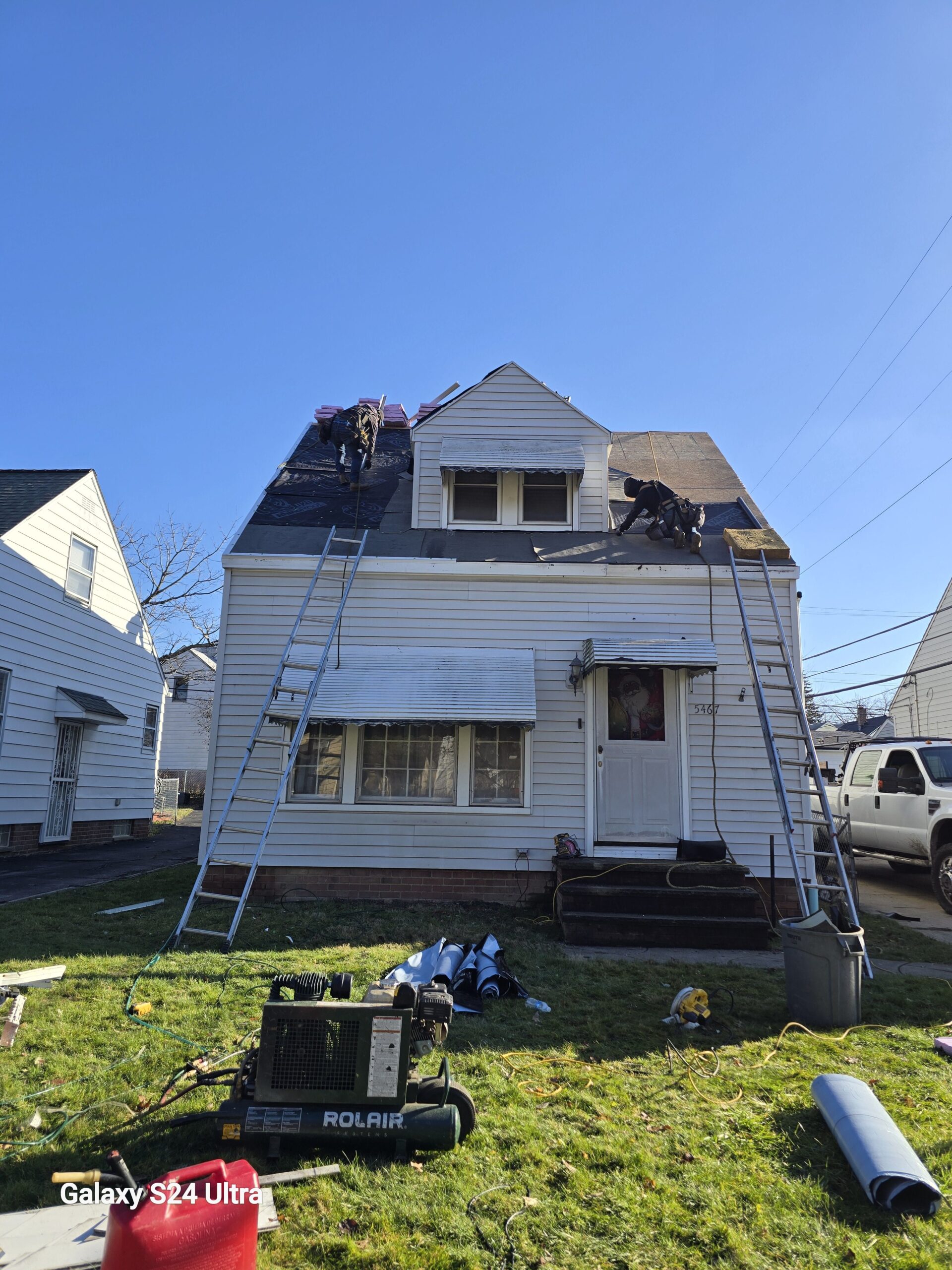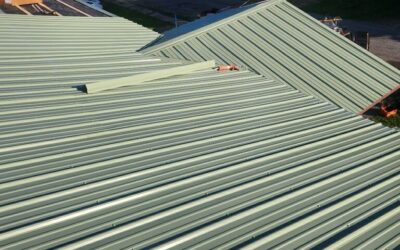Ice & Water Shield vs. Underlayment: Choosing the Right Protection for Your Roof with S&K Construction and Remodeling LLC
When it comes to roofing, one of the most critical decisions homeowners and contractors must make is the type of protective layer used beneath the shingles. Two of the most common options are Ice & Water Shield and traditional roofing underlayment. Understanding the differences between these two materials, their benefits, and where they should be used can significantly impact the longevity and performance of your roof.
At S&K Construction and Remodeling LLC, we specialize in high-quality roofing solutions in Northeast Ohio, including Cleveland, Lakewood, Medina, Youngstown, Beachwood, and beyond. Our goal is to educate homeowners about the best roofing practices to ensure their homes remain protected from harsh weather conditions.
What is Ice & Water Shield?
Ice & Water Shield is a self-adhering waterproof membrane that provides superior protection against water infiltration. It is commonly applied in areas of the roof that are most vulnerable to water penetration, such as:
- Roof Valleys
- Eaves and Rakes
- Around Chimneys and Skylights
- Low-Slope Roof Areas
- Areas Prone to Ice Dams
Key Features of Ice & Water Shield
- Self-Sealing Technology – The adhesive backing ensures a watertight seal around nails and fasteners.
- Superior Waterproofing – Unlike traditional underlayment, Ice & Water Shield creates an impenetrable barrier against water.
- Adheres Directly to the Roof Deck – This eliminates the risk of wind-driven rain getting underneath.
- Protection Against Ice Dams – Essential for homes in Northeast Ohio, where ice dams are common in winter months.
- Multiple Variations – Different grades of Ice & Water Shield exist for standard protection, high-temperature areas, and specialized roofing applications.
What is Roofing Underlayment?
Roofing underlayment is a protective layer installed between the roof deck and the shingles. It is designed to add an extra layer of defense against moisture, wind, and temperature changes. There are two main types of underlayment:
1. Felt Paper (Traditional Underlayment)
- Made from asphalt-saturated paper
- Available in 15-pound and 30-pound varieties
- Provides basic moisture protection
- More affordable but less durable than synthetic options
2. Synthetic Underlayment
- Made from polypropylene or polyester fibers
- Lightweight and highly durable
- Resistant to tearing and UV exposure
- Provides better water resistance than felt paper
Comparing Ice & Water Shield vs. Underlayment
| Feature | Ice & Water Shield | Traditional Underlayment |
|---|---|---|
| Waterproofing | Completely waterproof | Water-resistant |
| Adhesion | Self-adhering to roof deck | Laid loosely and fastened with nails |
| Protection Against Ice Dams | Excellent | Limited |
| Durability | High | Moderate |
| Cost | Higher | Lower |
| Best Used For | Roof valleys, eaves, chimneys, low slopes | Full-roof coverage, additional moisture barrier |
When to Use Ice & Water Shield vs. Underlayment
Use Ice & Water Shield in:
- High-risk water penetration areas
- Cold climates prone to ice dams
- Roofing valleys and around flashing
- Low-slope sections of the roof
Use Underlayment in:
- Full-roof coverage beneath shingles
- Providing extra moisture protection in standard conditions
- Budget-conscious roofing solutions
- Warmer climates with less ice-related issues
Installation Process: Ice & Water Shield vs. Underlayment
Installing Ice & Water Shield
- Surface Preparation – Ensure the roof deck is clean and dry.
- Measure and Cut – Roll out and cut sections to fit vulnerable areas.
- Peel & Stick Application – Remove the backing and adhere it directly to the deck.
- Overlap Seams – Ensure seams are overlapped for complete waterproofing.
- Continue Roofing Installation – Proceed with synthetic or felt underlayment over remaining areas.
Installing Roofing Underlayment
- Unroll Over Decking – Start at the bottom and work upward.
- Overlap Seams – Typically 4-6 inches between rows.
- Fasten with Nails or Staples – Secure in place before installing shingles.
- Continue to the Roof Peak – Ensure the entire deck is covered before shingle installation.
Which One is Best for Your Roof?
The choice between Ice & Water Shield and Underlayment depends on your roof’s needs, local climate, and budget. If you live in Northeast Ohio, where winters can be harsh and ice dams are a concern, Ice & Water Shield is essential for protecting critical areas. However, traditional or synthetic underlayment is still necessary for complete roof coverage and added durability.
At S&K Construction and Remodeling LLC, we evaluate your roofing needs and provide expert recommendations based on your home’s location, roofing materials, and budget. Our team ensures that your roof is built to last, with the right combination of Ice & Water Shield and Underlayment for maximum protection.
Contact S&K Construction and Remodeling LLC for Your Roofing Needs
If you need roof repair, replacement, or expert advice on the best underlayment solutions, S&K Construction and Remodeling LLC is here to help. We provide professional roofing services in Cleveland, Medina, Lakewood, Youngstown, and the surrounding areas of Northeast Ohio.
📞 Call us today for a FREE consultation!
✅ High-quality roofing solutions
✅ Expert installation of Ice & Water Shield and Underlayment
✅ Trusted by homeowners throughout Northeast Ohio
Protect your home with the best roofing materials. Contact S&K Construction and Remodeling LLC today!
 (440) 307-2060
(440) 307-2060


